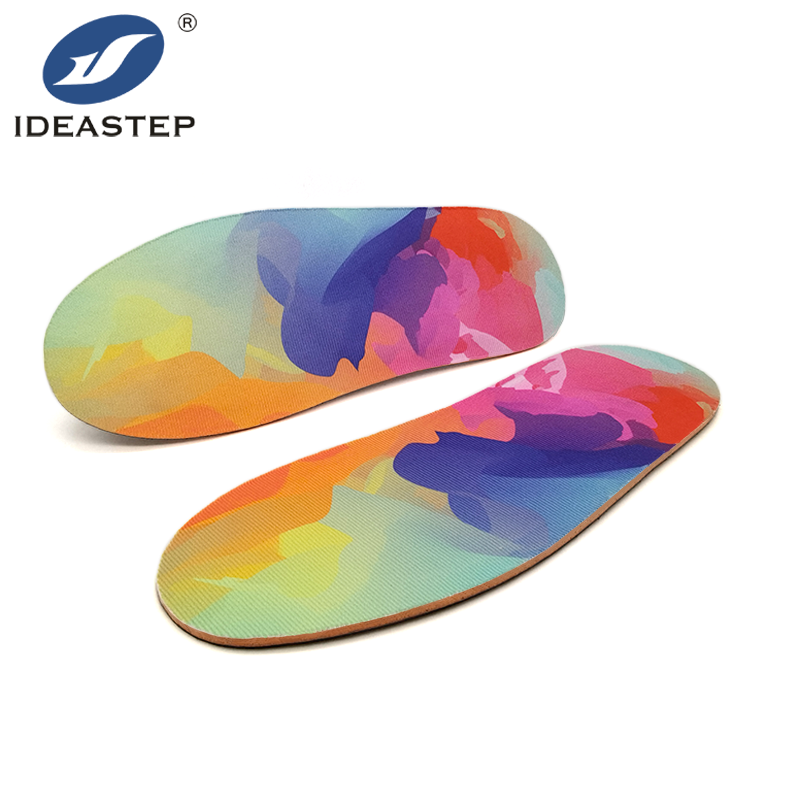Heat molding insoles offer a customizable fit for enhanced comfort and support, but the process comes with its own set of challenges. Understanding these challenges and how to address them can ensure successful results and maximize the benefits of heat-molded insoles.
Common Challenges in Heat Molding Insoles and How to Overcome Them
Heat molding insoles are a popular choice for those seeking a personalized fit in their footwear. By heating and reshaping the insoles to conform to the unique contours of an individual’s feet, heat molding provides enhanced comfort and support. However, the heat molding process presents several challenges that can affect the effectiveness and outcome of the insoles. This article outlines common challenges encountered during heat molding and offers solutions to overcome them.

1. Inconsistent Heating
One of the primary challenges in heat molding insoles is achieving consistent heating. Uneven heating can result in poorly shaped insoles that do not conform properly to the foot. To overcome this issue, ensure that the heating equipment is properly calibrated and that the insoles are evenly exposed to the heat source. Using a heat press with precise temperature controls can help maintain consistent heating across the entire surface of the insole.
2. Incorrect Temperature Settings
Using incorrect temperature settings can lead to problems such as melting or insufficient molding. Too high a temperature may cause the material to become too soft and lose its structural integrity, while too low a temperature might not adequately soften the material for proper shaping. Always follow the manufacturer’s guidelines for temperature settings specific to the type of insole material being used. Regularly check and calibrate the heating equipment to ensure accurate temperature control.

3. Poor Material Quality
The quality of the insole material significantly affects the heat molding process. Low-quality materials may not mold correctly or may degrade under heat. To address this issue, use high-quality, heat-moldable insole materials from reputable manufacturers. Conduct material tests before starting the molding process to ensure compatibility and performance. Investing in quality materials will improve the overall outcome and longevity of the heat-molded insoles.
4. Improper Molding Technique
Achieving the desired fit and shape requires proper molding techniques. Inadequate pressure or improper positioning during molding can result in insoles that do not fit well or provide insufficient support. Use a properly designed mold or foot impression to guide the shaping process. Ensure that the insoles are correctly positioned and that consistent pressure is applied throughout the molding process. Training and practice can help improve molding techniques and achieve better results.

5. Air Bubbles and Voids
Air bubbles or voids trapped within the insole material can compromise the effectiveness of heat molding and lead to discomfort or reduced support. To minimize this issue, carefully inspect the insoles before and after heating to ensure that no air bubbles are present. Use techniques such as vacuum pressing or gentle tapping to remove air bubbles and ensure a smooth, even surface. Addressing air bubbles during the molding process will enhance the overall quality and performance of the insoles.
6. Over-Molding or Under-Molding
Over-molding or under-molding can occur if the insoles are exposed to heat for too long or not long enough. Over-molding can cause the material to lose its shape or become overly soft, while under-molding may result in insufficient shaping. Carefully monitor the heating time and temperature to avoid these issues. Perform test runs and adjust the process as needed to achieve the optimal balance between heat exposure and molding duration.

7. Post-Molding Adjustments
Even after heat molding, some adjustments may be necessary to achieve the perfect fit. Insufficient adjustments can lead to discomfort or ineffective support. Conduct thorough fitting tests after the molding process and make any necessary adjustments to the insoles. Techniques such as trimming, sanding, or adding additional cushioning can help refine the fit and enhance comfort. Providing a well-rounded adjustment process ensures that the final product meets the desired specifications.
8. Safety Considerations
Heat molding involves high temperatures, which can pose safety risks if not handled properly. Ensure that all safety protocols are followed during the heating process. Use appropriate protective equipment, such as heat-resistant gloves and eyewear, to prevent burns or injuries. Maintain a clean and organized workspace to minimize hazards and ensure a safe working environment.

9. Conclusion
Heat molding insoles offers a valuable method for achieving a personalized fit and enhancing comfort, but it requires careful attention to detail and proper techniques. By addressing common challenges such as inconsistent heating, incorrect temperature settings, and poor material quality, individuals can improve the effectiveness of the heat molding process. Implementing best practices and ensuring safety measures will lead to successful outcomes and high-quality, well-fitting insoles.
FAQ
What are the common problems faced during the heat molding process?
Common problems include inconsistent heating, incorrect temperature settings, poor material quality, improper molding techniques, air bubbles, over-molding or under-molding, and the need for post-molding adjustments. Addressing these issues can improve the quality and effectiveness of heat-molded insoles.
How can I ensure consistent heating during the molding process?
Ensure that your heating equipment is properly calibrated and that the insoles are evenly exposed to the heat source. Using a heat press with precise temperature controls can help maintain consistent heating across the entire surface of the insole.
What safety measures should be taken during heat molding?
Follow all safety protocols, including using heat-resistant gloves and eyewear, and maintaining a clean, organized workspace. Ensure that all equipment is functioning properly and that safety guidelines are adhered to during the heating process.
